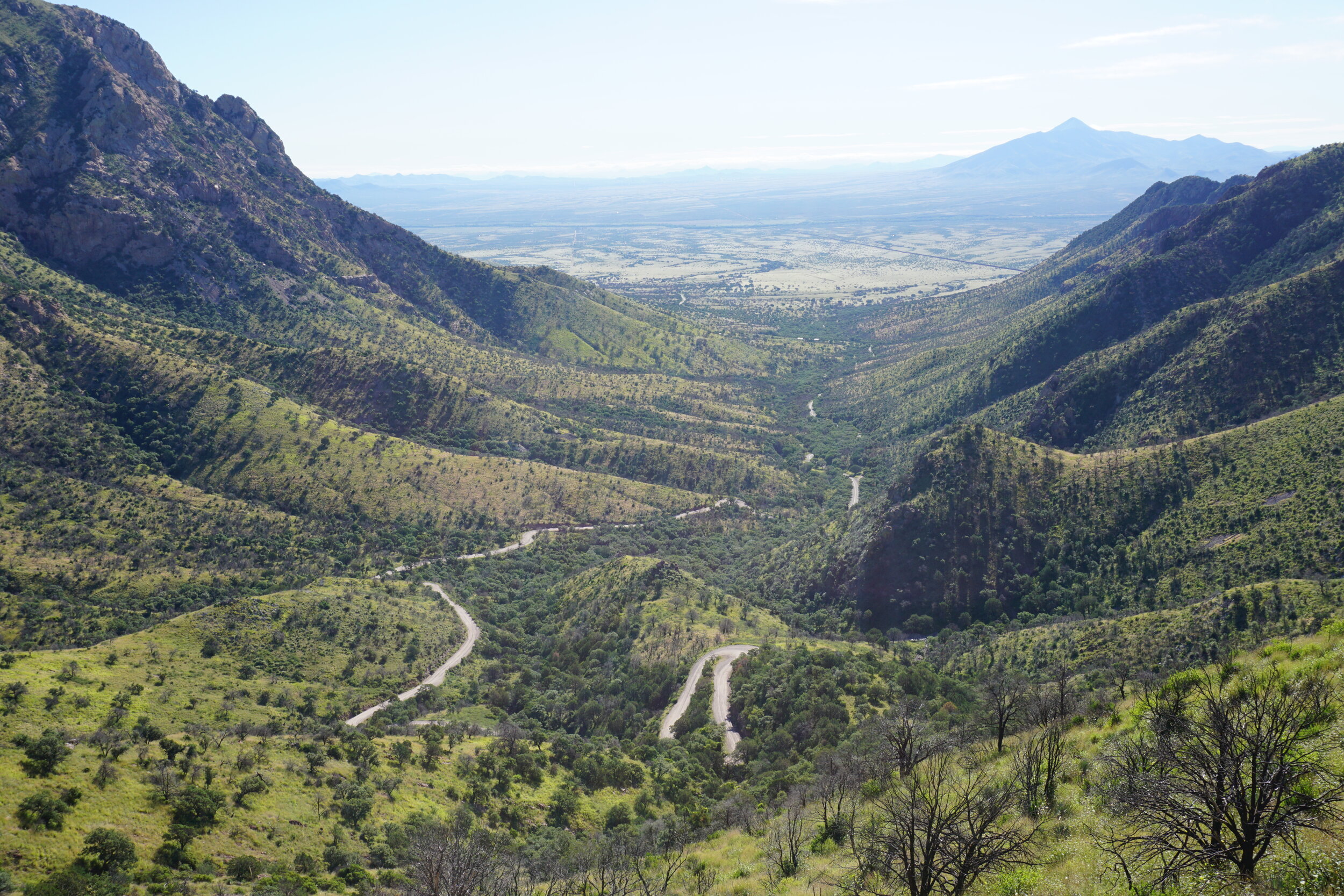Hello FACNM community!
We hope you’re all staying healthy during this period of increased smoke across much of New Mexico (check out this map to see fire and smoke distribution across the US). While wildfires are a natural part of our ecosystems, only 10-15% of the global wildfires we experience today are from natural causes. Human-caused fires behave differently than naturally-occurring wildfires and are responsible for 97% of fires that threaten homes in the wildland-urban interface (WUI). Human-caused wildfires have expanded the total area burned across the United States and have more than tripled the length of the wildfire season. In 2020 there were approximately 2,743 human-caused fires that burned 368,729 acres in the Southwest alone.
This Wildfire Wednesday features:
Information about the most common human causes of wildfires
Measures to reduce risk of wildfire from those human-causes
A link to an upcoming webinar of interest
Have a great week!
Liz
Most common human-causes of wildfires
Source: Utah Fire Info
Abandoned campfires: “On average since 2001, abandoned campfires have started 44% of the human-ignited wildfires in the Southwest. In contrast to lightning, which may be more likely on a ridge (and then burn down slope), human ignitions are often linked to roads and recreation sites in valleys. Fires that start in valleys or lower slopes can burn up slope easily and hence grow faster.” (Source: Increasing Wildfire Awareness and Reducing Human-Caused Ignitions in Northern New Mexico). Over Mother’s Day weekend this year (2021), nearly 30 abandoned campfires were found by fire prevention patrols in Santa Fe National Forest alone.
Burning debris: Nationally, the majority of human-caused wildfires result from escaped fires from debris burning (Source: Human-started wildfires expand the fire niche across the United States)
Arson: Arson is a leading cause of wildfire in several heavily populated States, including California and Florida (Source: Wildland Arson: A Research Assessment). From 2010-2014 the U.S. Department of Interior reported that 23% of reported wildfires were attributed to arson. Research suggests that arson ignitions are responsive to law enforcement actions, weather and climate, and labor market variables (Source: Increasing Wildfire Awareness and Reducing Human-Caused Ignitions in Northern New Mexico).
Powerlines: “The total number of acres burned by powerlines (nearly 178,000 acres) is more than the sum of acres burned by wildfires ignited by arson, children, debris burning, equipment use, and smoking over 15 years... A study in southern California found that electrical line wildfires can often be larger than wildfires caused by other types of ignitions because the high winds that can cause line faults also makes firefighting more difficult” (Source: Increasing Wildfire Awareness and Reducing Human-Caused Ignitions in Northern New Mexico).
Number of wildfires by type of human ignitions in the Southwest (Source: Increasing Wildfire Awareness and Reducing Human-Caused Ignitions in Northern New Mexico)
Human-caused wildfire risk reduction
Abandoned campfires: To have a safe campfire (after checking that it’s allowed under current fire restrictions) you should adhere to the following advice from the Cal Fire Campfire Safety page:
Cut wood in short lengths, the fire should be no larger than necessary.
Never leave a fire unattended.
Always keep a shovel and bucket of water nearby.
Use the “drown, stir, and feel” method to drown the fire with water, stir the water into remaining embers and ash, mix thoroughly, and feel the area with the back of your hand.
Source: Klamath Falls News
Burning debris: Prior to burning any debris you need to check to restrictions in your area and you may need to obtain burn permits. You can burn debris safely by taking these precautions from the Cal Fire Residential Landscape Debris Burning Safety and Southern Foresters Tips for Safe Debris Burning pages:
Check to see what weather conditions are expected. Outdoor burning should be postponed if shifts in wind direction, higher winds or wind gusts are forecasted.
Clear all flammable material and vegetation down to bare mineral soil within 10 feet of the outer edge of pile or burn barrel.
Landscape debris piles should be in small 4 feet by 4 feet piles.
Keep a water supply and shovel close to the burning site.
A responsible adult must be in attendance until the fire is out.
Arson: “Wildfire hotspot modelling, which identifies high potential for arson, can help law enforcement efficiently allocate resources to reduce arson incidents” There are some precautions that individuals and communities can take in order to reduce risk of arson in their area (Increasing Wildfire Awareness and Reducing Human-Caused Ignitions in Northern New Mexico)
Reduce hazardous fuels and eliminate attractive hazards such as piled fuels.
Monitor weather and climate drivers of wildland arson success and model predictors of arson such as the socio- economic drivers of arson and other crime rates.
Establish arson reward programs
Powerlines: While most of the fire prevention measures associated with powerlines fall to energy companies, there are some efforts individuals can make to reduce the likelihood of powerlines causing a wildfire:
Immediately report any powerlines that are fallen, sparking, or ablaze.
If you notice encroaching vegetation near your powerlines, and they are not on your property, immediately call your local electric company to inform them of the potential hazard. DO NOT attempt to trim vegetation around a powerline yourself, this needs to be done by professionals.
Webinar of Interest
Recent fire regimes of the bi-national Madrean Sky Islands- implications for collaborative, transboundary fire management
Presenter: Miguel Villarreal, Western Geographic Science Center, USGS
Date: July 20, 2021 11am AZ/12pm MDT
“In this webinar I will share results of a recent study of contemporary fire regimes over a 32-year period (1985-2017) in the Madrean Sky Islands of the U.S. and México. Our research team evaluated the size, severity and return interval of recent fires in relation to a conceptual model of historical fire regimes for the major biotic communities. During the study period 335 fires burned approximately 28% of the study area, with re-burns occurring on over 25% of the burned areas. The greatest variation in fire regimes, including fire size, frequency, and severity was observed in places with the most diverse human activities and land uses – particularly in the mountain ranges adjacent to the U.S.- México border. Average severity of recent fires was low despite some extreme outliers in cooler, wetter environments. Fire frequency was also higher than historical expectations in these cool and wet environments that support forest types such as Spruce-Fir, indicating threats to these systems possibly attributable to drought and other factors. In cooler and wetter environments in more remote areas of México, pine-oak forests burned with fire frequencies close to historical. In contrast, fires were absent or infrequent across large expanses of lower elevation Woodlands and Grasslands due possibly to overgrazing, which reduces abundance and continuity of fine fuels needed to carry fire. Our findings provide a new depiction of fire regimes in the Sky Islands that can help inform fire management, restoration, and regional conservation planning, fostered by local and traditional knowledge and collaboration among landowners and managers.”
Click here to register for this webinar NOW!
Click here to view journal article on which this webinar is based.




